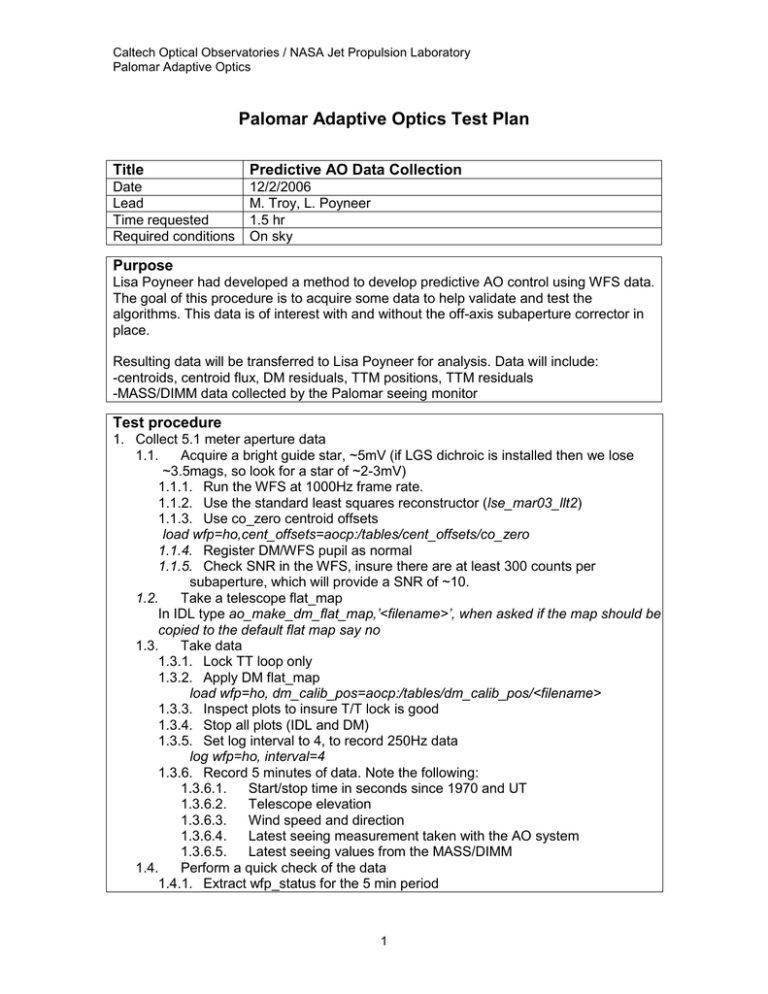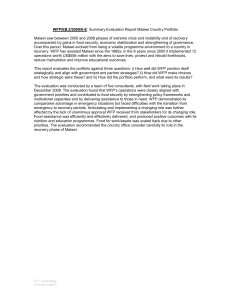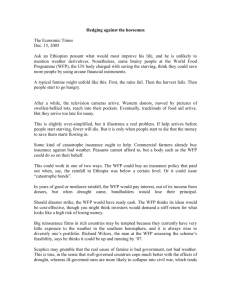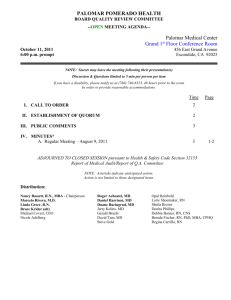Palomar Adaptive Optics Test Plan Title Predictive AO Data Collection Purpose
advertisement

Caltech Optical Observatories / NASA Jet Propulsion Laboratory Palomar Adaptive Optics Palomar Adaptive Optics Test Plan Title Predictive AO Data Collection Date Lead Time requested Required conditions 12/2/2006 M. Troy, L. Poyneer 1.5 hr On sky Purpose Lisa Poyneer had developed a method to develop predictive AO control using WFS data. The goal of this procedure is to acquire some data to help validate and test the algorithms. This data is of interest with and without the off-axis subaperture corrector in place. Resulting data will be transferred to Lisa Poyneer for analysis. Data will include: -centroids, centroid flux, DM residuals, TTM positions, TTM residuals -MASS/DIMM data collected by the Palomar seeing monitor Test procedure 1. Collect 5.1 meter aperture data 1.1. Acquire a bright guide star, ~5mV (if LGS dichroic is installed then we lose ~3.5mags, so look for a star of ~2-3mV) 1.1.1. Run the WFS at 1000Hz frame rate. 1.1.2. Use the standard least squares reconstructor (lse_mar03_llt2) 1.1.3. Use co_zero centroid offsets load wfp=ho,cent_offsets=aocp:/tables/cent_offsets/co_zero 1.1.4. Register DM/WFS pupil as normal 1.1.5. Check SNR in the WFS, insure there are at least 300 counts per subaperture, which will provide a SNR of ~10. 1.2. Take a telescope flat_map In IDL type ao_make_dm_flat_map,’<filename>’, when asked if the map should be copied to the default flat map say no 1.3. Take data 1.3.1. Lock TT loop only 1.3.2. Apply DM flat_map load wfp=ho, dm_calib_pos=aocp:/tables/dm_calib_pos/<filename> 1.3.3. Inspect plots to insure T/T lock is good 1.3.4. Stop all plots (IDL and DM) 1.3.5. Set log interval to 4, to record 250Hz data log wfp=ho, interval=4 1.3.6. Record 5 minutes of data. Note the following: 1.3.6.1. Start/stop time in seconds since 1970 and UT 1.3.6.2. Telescope elevation 1.3.6.3. Wind speed and direction 1.3.6.4. Latest seeing measurement taken with the AO system 1.3.6.5. Latest seeing values from the MASS/DIMM 1.4. Perform a quick check of the data 1.4.1. Extract wfp_status for the 5 min period 1 Caltech Optical Observatories / NASA Jet Propulsion Laboratory Palomar Adaptive Optics ao_db_find,start=’<start time>’,stop=’<stop time>’,/hwfp_status 1.4.2. Read in the data and check the frame rate is correct. in idl> wfp=ao_read_wfp_status(‘hwfp_status’,’ho’) time=ao_wfp_time(wfp) 1.4.3. If average frame rate is significantly different then 250Hz, then investigate. 2. Collect 1.6 meter off-axis data 2.1. re-configure the AO system to use the off-axis re-imaging optics see procedure (http://www.oir.caltech.edu/twiki_oir/pub/Palomar/PalmLGS/AOOperationalProce dures/running_fqpm_with_normal_ao_nov06.pdf). Note this will require going to Zenith for installation of a mask on the DM. 2.2. Execute procedure 1 above, using the brightest star possible. 3. Re-configure the AO system to the full 5.1 meter aperture. See procedure (http://www.oir.caltech.edu/twiki_oir/pub/Palomar/PalmLGS/AOOperationalProcedure s/running_fqpm_with_normal_ao_nov06.pdf). Note this will require going to Zenith for removal of a mask on the DM. Results and conclusions 2





